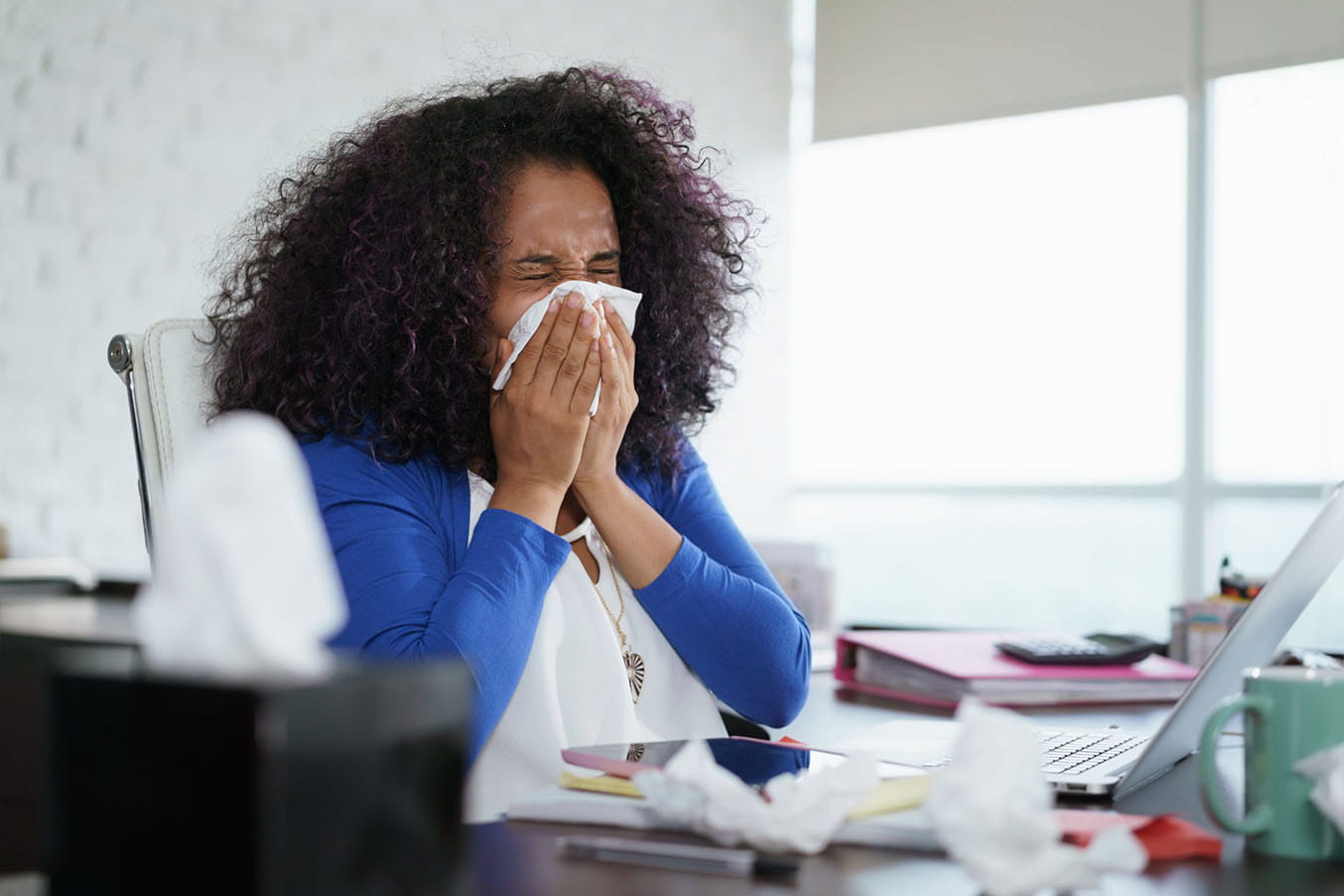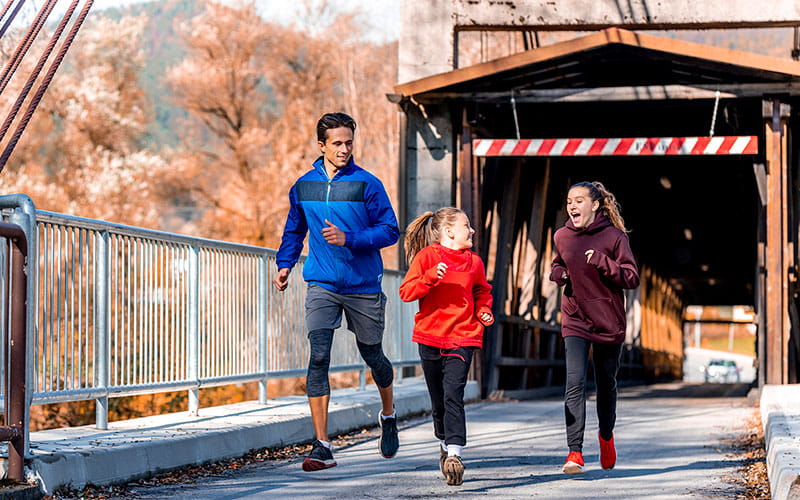As student-athletes and band members gear up to return to school, it’s time to make that annual trip to the doctor’s office for their physical exam.
What is a sports physical?
A sports physical, or pre-participation physical exam, is a health screening performed by a physician. The check-up is necessary to help determine if a student is healthy and safe to play a sport or participate in a marching band.
“Healthy habits are established at a young age,” says Dr. Caitlyn Mooney, a pediatrician at University Health. “We want children and adolescents to be able to participate in activities so that they will also be active throughout life.”
The pre-participation physical exam includes a history form that should be filled out with both child and parent. The form includes medical history, surgical history, family history and injury history.
It also includes a brief physical exam to ensure all joints and extremities move well and are pain-free.
Reason 1: It’s Required
In Texas, the University Interscholastic League (UIL) governs eligibility for participating in school sports.
UIL requires a pre-participation physical exam upon entering the first and third years of high school, signed by a physician, a physician assistant licensed by a State Board of Physician Assistant Examiners or a registered nurse recognized as an advanced practice nurse by the Board of Nurse Examiners.
In 2019, UIL began a new rule. Marching band members are now required to complete a physical, just like sports athletes. Band members, who often lug heavy musical instruments in the Texas heat, experience the same types of physical strains as other athletes.
Dr. Mooney acknowledges that although this physical exam is mostly only used for sports, children outside of organized sports should make an appointment as well.
The new rule is effective Aug. 1, 2019.
Reason 2: Make sure your child is really ready for activity
Student-athletes and band members may think they are ready to get back on the courts and fields. But they might not share important information about possible injuries or health problems to their physician during the sports physical.
“The most important thing is for teens and their parents to answer the medical history form accurately,” says Dr. Mooney.
Let your physician know about:
- Current physical fitness
- Fitness goals
- Any medications
- Exercise-related symptoms
- Supplements
It’s important to pay special attention to:
- Persisting pain or swelling
- Locking or “stuck” joints
- Inability to bear weight on an extremity
- Injuries that do not respond to Rest, Ice, Compression and Elevation (RICE)
- Inability to breathe properly during activity
You should tell the physician if anything seems out of the ordinary.
Yes, the kids want to be back participating in activities they enjoy, but it is riskier to return to activity before the injury is fully healed. Early return to play can predispose a child to repeat injuries. The repeats are often more severe than the original injury.
“If you are not conditioned and have been on the couch most of the summer – make sure that you ease into physical activity,” Dr. Mooney said. “Rapid changes in activity can increase the risk of overuse injuries.”
Reason 3: Reduce your child’s risk of future injury
A physical exam is a good launching point to talk about injury prevention.
The Centers for Disease Control and Prevention report that more than 2.6 million children ages 0-19 are treated in the emergency department each year for sports- and recreation-related injuries.
If your child is cleared by a physician and ready to go, the American Academy of Pediatrics gives some suggestions to help reduce the risk of future injury:
- Take time off. Plan to have at least 1 day off per week and one month off per year of a particular sport. This will give the body some time to rest and recover.
- Wear the right gear. Wearing the appropriate and correctly fitted protective equipment for the sport may not prevent all injuries, but it can help reduce the probability of injury.
- Increase flexibility. Stretching before activity reduces the chance of strains and cramping. Stretching after activity helps the body relax and recover.
- Do not play through pain.
- Avoid heat illness by drinking plenty of fluids before, during and after exercise or play. Dr. Mooney says athletes should be knowledgeable of the symptoms of heat-related illnesses and should notify a coach if they occur.
Make sure to check up on what you need to know about pediatric sports injuries and talk to your child’s physician before it becomes an issue.




